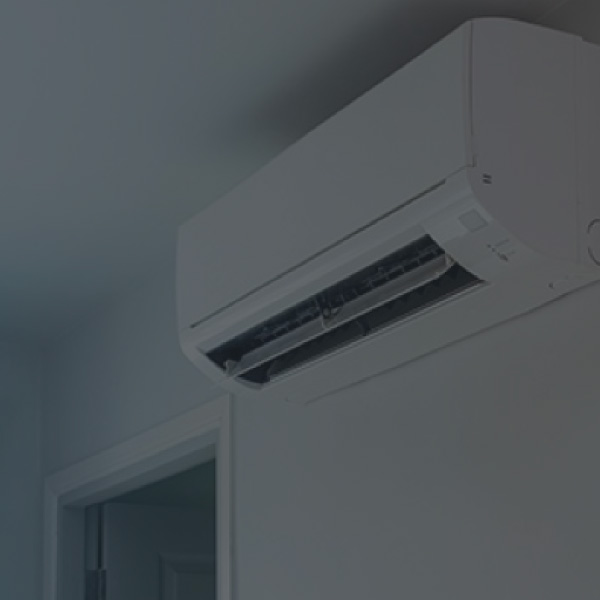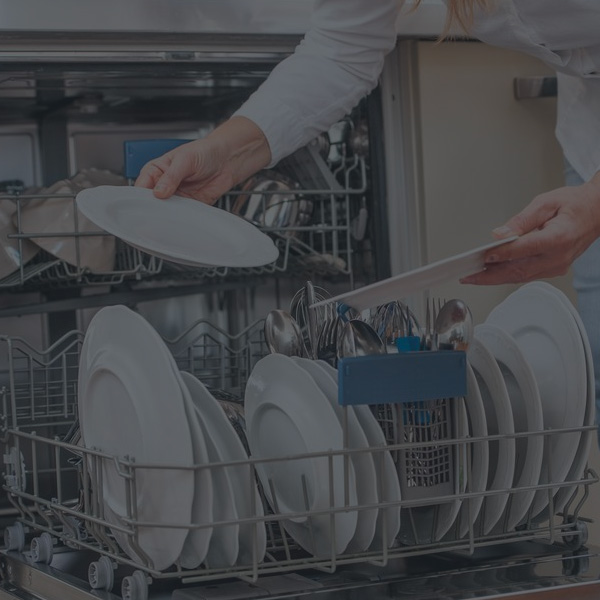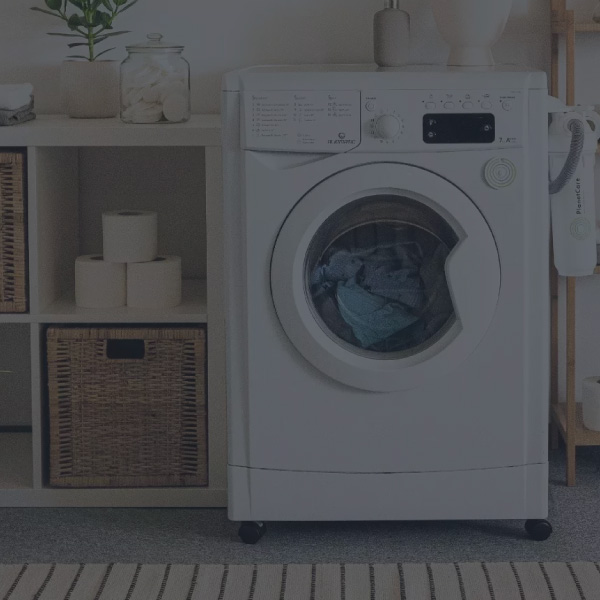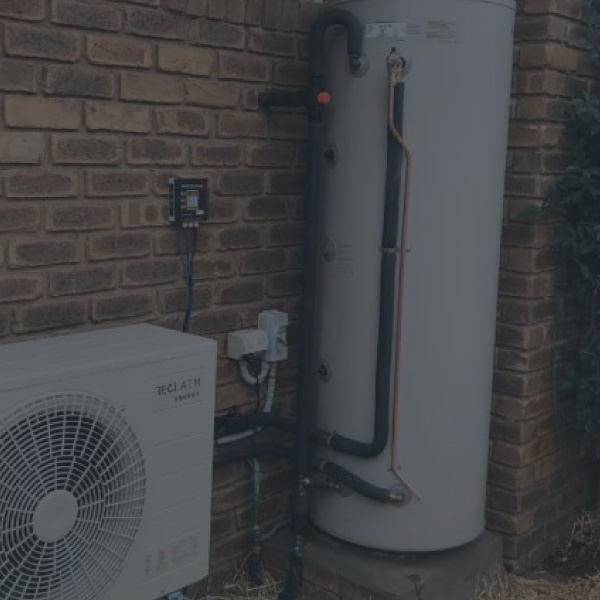CHAPTER 3: HOW TO GET OFF GAS
Choosing appliances
Your choice of appliance – and how you use it – can cut your energy use and bills.
Plug-in appliances account for an average of 25% of total residential energy consumption across Australia. In some cases, home appliances account for nearly 50% of all energy use in a home, and 45% of total Lifecycle Carbon Emissions (LCE) over the home’s 50-year life. However, this proportion will vary by household depending on the climate, the types of appliances in your home, and the way they are used.
When weighing up the cost of your appliance, often the initial price does not tell the whole story. You could save a considerable amount of money over time by looking at running costs as a ‘second price tag’ and choosing products accordingly. Many appliances with a less expensive purchase price may end up costing you far more in energy costs over the lifetime of the product. You’ll be paying on that second price tag every month with your utility bill for the next 10 to 20 years, depending on the appliance. Refrigerators last between 10-20 years; clothes washers between 7–12 years (top loading), 12–20+ years (front loading); and air conditioners last about nine years.
Choose appliances and technologies that suit your needs and that use the lowest number of watt-hours or megajoules. Avoid the lure of upgrading to bigger products or those with more features you may never use. These can lock you in to costs for years to come. Washing machines are an essential appliance, but in our modern world, home entertainment gear seems just as vital. Washing machines, dryers, TVs, and gaming consoles can all be power-hungry appliances, depending on how they’re used. It’s worth thinking about the energy consumption when selecting your next big screen TV, or when choosing a washing machine. Likewise, the best clothes dryer is the sun, and it costs nothing to run, so line dry your clothes wherever possible. That’s not always an option though, so for many a clothes dryer is an essential appliance.
Some people are concerned that the energy savings from replacing an old appliance may be cancelled out by the energy required to manufacture the new one. This is usually not a significant issue for appliances since embodied energy is recovered within a few years, much sooner than the lifetime of the new appliance because newer models are typically much more energy- and water-efficient than the appliances they replace.
If the old appliance is recycled, much of the energy used in its manufacture can be recovered. Recycling offsets the need for new materials, which generally require a lot more energy to produce than simply recycling existing materials. For fridges and air conditioners, high climate impact refrigerants can be recovered, instead of leaking into the atmosphere as the appliance ages.
While replacing existing working appliances with more efficient versions can be beneficial in some circumstances, it is particularly critical that appliances at the end of life are replaced with efficient, electric models.
Here’s a Renew article on what to consider when buying and using appliances.
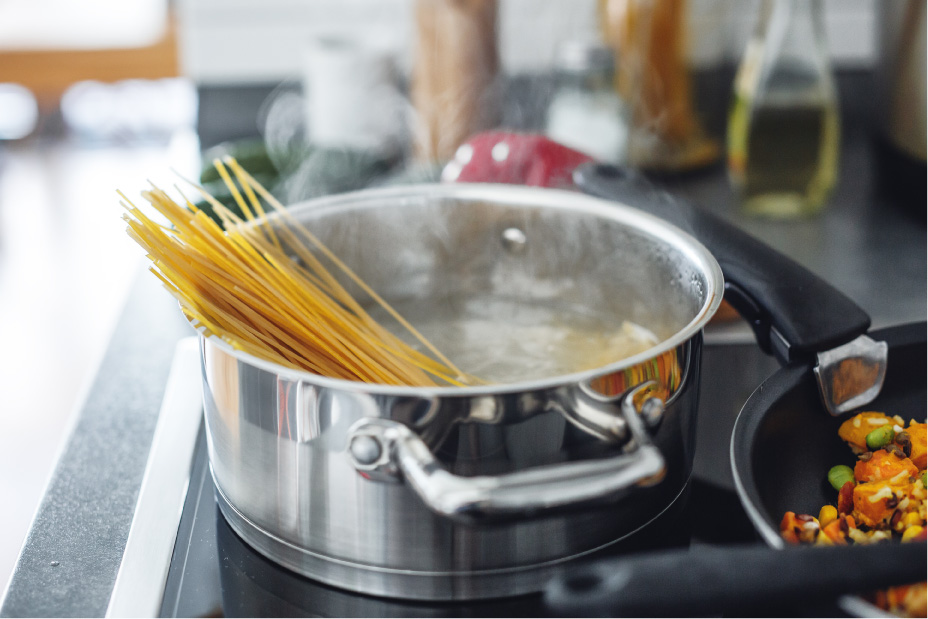
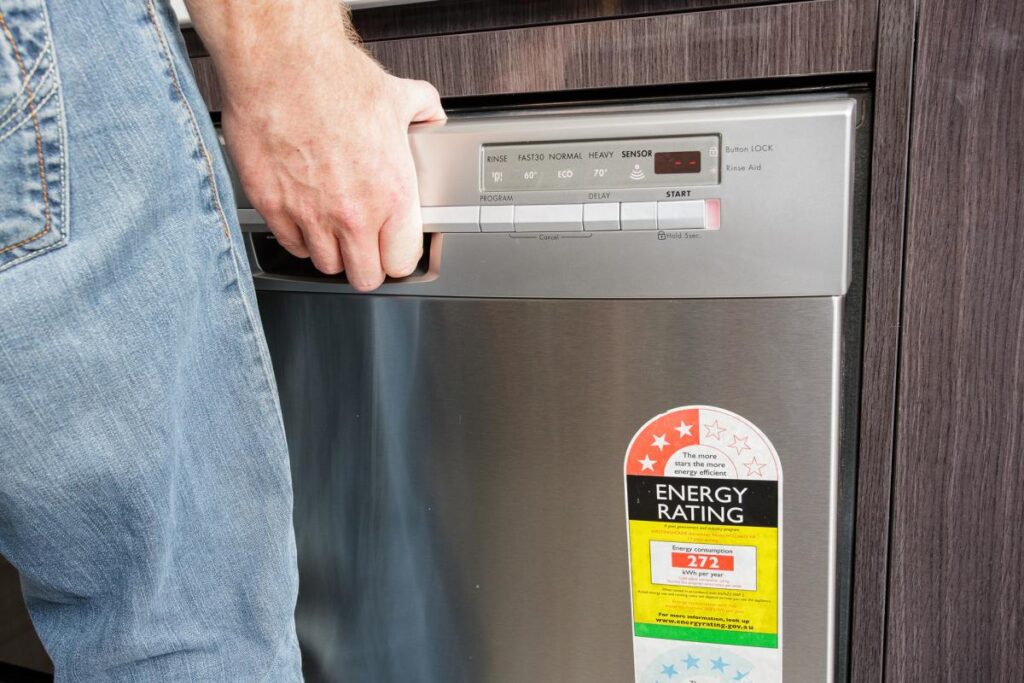
Look at labels
Appliances have Energy Star labels to help consumers identify the most energy-efficient products. This label also appears on windows, water heaters and other electronics. Energy Rating labels (which are red, yellow and black so easily identifiable) will show an appliance’s average annual energy consumption and operating cost so that you can compare them. The label on most appliances shows a star rating from 1 to 6 stars: the more stars, the more efficient the product compared to equivalent products. Products that exceed 6 stars can show a modified label with a ‘coronet’ of extra stars that extend the scale to 10 stars.
The energy rating label also shows the estimated annual electricity usage in kWh per year. It is important to look at this figure when comparing products, because a large model with the same star rating as a smaller model uses more electricity.
You can go to the Energy Rating website and compare the efficiency of appliances. The rating is based on how much energy that product uses typically, compared with similar appliances.
Choose the right-sized appliances
Getting the right-sized appliances is important. For example, a too-large washing machine or dishwasher you regularly run half-empty is far less efficient than a smaller appliance that you can always run full. Similarly, how you choose, use and run your refrigerator will affect its overall efficiency. They key issues are cabinet quality (insulation, design etc), compressor efficiency and the number of times it is opened each day. A fridge that is full will use more energy as there is more food in it to initially cool down.
Nook on The Hill by Benjamin Bailey-Webb is a home that utilises smart sustainable design and energy efficient appliances. Find out more about the home at the Sustainable House Day website.
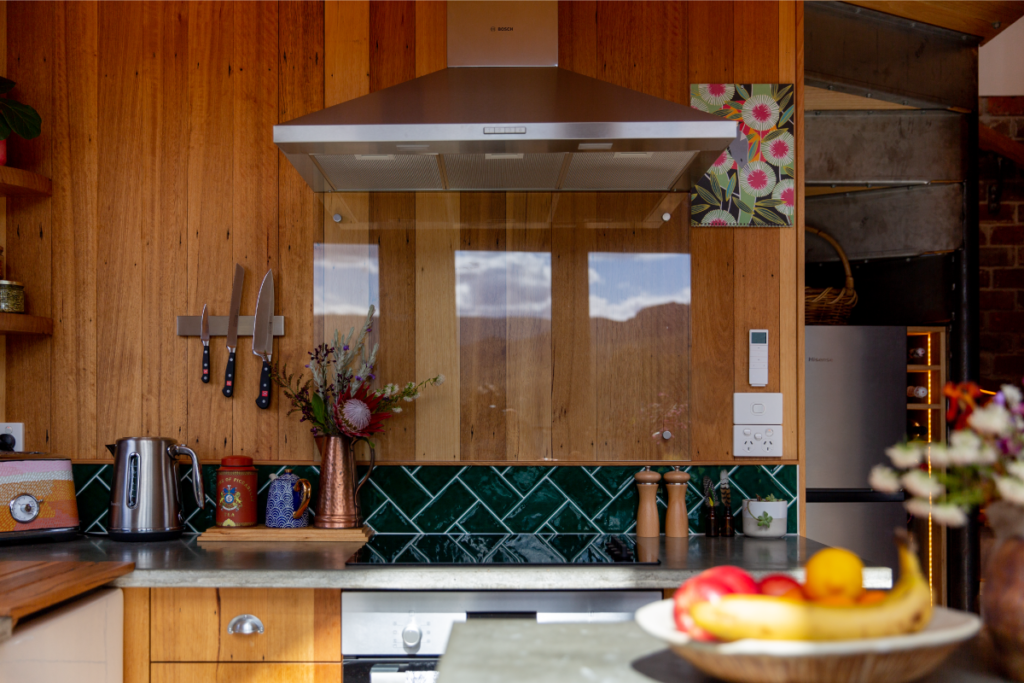
Find eco-friendly ways to use appliances
There are ways you can be more mindful and sustainable in the way to use your appliances. Eco settings, on dishwashers for example, can help you use any appliance in a more efficient way. Similarly, doing laundry at a lower temperature will save energy. Use appliances at full capacity instead of using resources for small loads and turn the appliance off when not in use. Make sure refrigerator doors are closed tightly and minimise the amount you open and close. Consider Smart Appliances
Smart appliances can be much more cost-efficient than those not connected to or controlled by smart electric meters or home energy management systems because they help you use electricity at off-peak hours. Smart appliances don’t just turn off during times of peak electricity demand – instead, they use subtle ways to shift energy use. Your air conditioner may run slightly less often, or your water heater may adjust its heating cycle to operate when energy costs are lower, without impacting their performance. Or your laundry or dishwasher can be scheduled to operate when electricity rates and demand are lower or optimised for your daytime solar generation. Smart plugs and appliances can also reduce energy use when you use the timers to turn off when not needed,
Use your appliances wisely
Install your appliance so it runs efficiently and at optimum levels. For example, fridges should not be placed next to ovens or warm spots as they’ll need to work harder to stay cool. They also need the manufacturer’s recommended ventilation space around them when installed. Avoid overloading, minimise the number of times you open and close the door, and select ‘holiday mode’ to conserve energy while you’re away. Cooking several dishes at once and avoiding opening the oven door too much can also reduce energy use somewhat.
Proper use and maintenance is also important. Allow heated food to cool before placing it in the fridge (that way the fridge uses less energy to cool it) and repair damaged or worn seals on your fridge door so cold air doesn’t leak out.
Operate appliances for the shortest amount of time possible and turn them off at the wall when not in use. Whether your appliances are energy-efficient or not, leaving them on standby will add to your bills.
On all appliances, read the instructions before you install them to ensure you position and use them correctly from the start—this can save you time and energy.
Use the in-built thermostat of heating and cooling appliances to minimise energy use and still achieve home comfort. If you keep the internal temperature of your heating set to between 18°C and 20°C, every degree you increase your heating can add up to 10% on your energy use. Nonetheless, it is important to balance energy saving with ensuring sufficiently warm indoor temperatures: the WHO considers 18 degrees to be the minimum bound for healthy temperatures, while indoor temperatures of between 20 and 22 degrees Celsius are generally appropriate for health and comfort. Spend some time reading the manual so you know how to turn on these features if they’re not the default setting.








